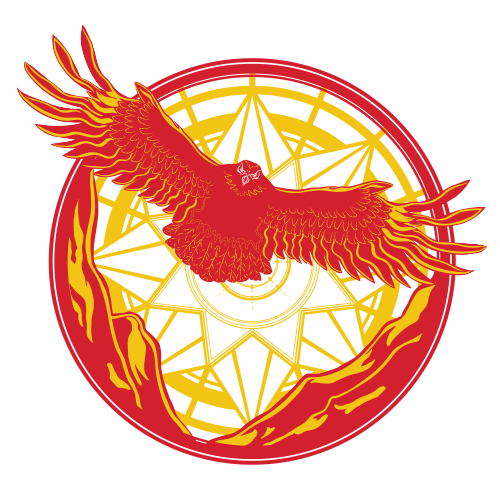INSTRUCTORS:
What is the Gothic literary tradition? How is it still used today?
The Gothic literary tradition began in the mid-eighteenth century in Europe and lives on in various forms across the globe through contemporary fiction, poetry, art, music, film, and television. Mad scientists, blasted heaths, abandoned ruins, elusive ghosts, charming vampires, and even little green men people its stories. With ingredients such as a highly developed sense of atmosphere, extreme emotions including fear and awe, and emphases on the mysterious and the paranormal, Gothic works tend to express anxieties about social, political, religious, and economic issues of the time, as well as rejection of prevailing modes of thought and behavior. This course will investigate the fascinating and subversive Gothic imagination (from the haunted castles of Horace Walpole to the threatening aliens of H.P. Lovecraft, from Dracula to Coraline), identify the historical conditions that have inspired it, consider how it has developed across time and place and medium, and explore how it has left its indelible imprint on the modern genres of science fiction and fantasy.
Course Schedule
This course includes two 90-minute lectures (pre-recorded) and one 1-hour discussion session per week as assigned.
Week 1 – The Father of the Gothic
- The Castle of Otranto by Horace Walpole (1764)
Week 2 – The Mother of the Gothic
- The Italian, or The Confessional of the Black Penitents by Ann Radcliffe (1797)
Week 3 – The American Gothic
- “The Fall of the House of Usher” (1839) and “The Premature Burial” (1844) by Edgar Allan Poe
Week 4 – The Brontës: Sisters of the Gothic
- Jane Eyre by Charlotte Brontë (1849)
Week 5 – Gothic Children of the Night, Part I
- “The Vampyre” by John Polidori (1819)
- “Carmilla” by J. Sheridan Le Fanu (1872)
Week 6 – Gothic Children of the Night, Part II
- Dracula by Bram Stoker (1897)
Week 7 – The Cosmic Gothic
- “The Call of Cthulhu” (1928) and “The Shadow Over Innsmouth” (1936) by H.P. Lovecraft
Week 8 – The Psychological Gothic
- The House on the Strand by Daphne du Maurier (1969)
Week 9 – Televised Gothic
- “Pilot” from Millennium (Episode 1 of Season 1, 1996) OR another example of Gothic TV of the student’s choice
- “Blink” from Doctor Who (Episode 10 of Season 3, 2007)
Week 10 – “Meta” Gothic
- A Night in the Lonesome October by Roger Zelazny (1993) *
- “Forbidden Brides of the Faceless Slaves in the Nameless House of the Night of Dread Desire” by Neil Gaiman (2004) *
Week 11 – Children’s Gothic
Coraline by Neil Gaiman (2002)
Week 12 – Cinematic Gothic
El Orfanato (The Orphanage) directed by J.A. Bayona (2007)
* an audiobook of the former and a PDF of the latter will be available to registered students
Required Texts
- The Castle of Otranto by Horace Walpole
- The Italian, or The Confession of the Black Penitents by Ann Radcliffe
- The Portable Edgar Allan Poe
- Jane Eyre by Charlotte Brontë
- Two Early Vampire Tales: John Polidori’s The Vampyre & J. Sheridan Le Fanu’s Carmilla
- Dracula by Bram Stoker
- The Call of Cthulhu and Other Weird Stories by H.P. Lovecraft
- The House on the Strand by Daphne du Maurier
- Doctor Who “Blink” from Season 3 (2007)
- A Night in the Lonesome October by Roger Zelazny
- Coraline by Neil Gaiman
- El Orfanato (The Orphanage) directed by J.A. Bayona
Course History
This course has been offered in the following semesters.
| Semester | Preceptor(s) |
|---|---|
| Spring 2023 | Dr. Gabriel Schenk & Dr. Sara Brown |
| Fall 2018 | Dr. Gabriel Schenk |
| Spring 2014 | Jessica O’Brien |
Course artwork adapted from an original illustration by Elia Fernández. Used with permission. All rights reserved.




